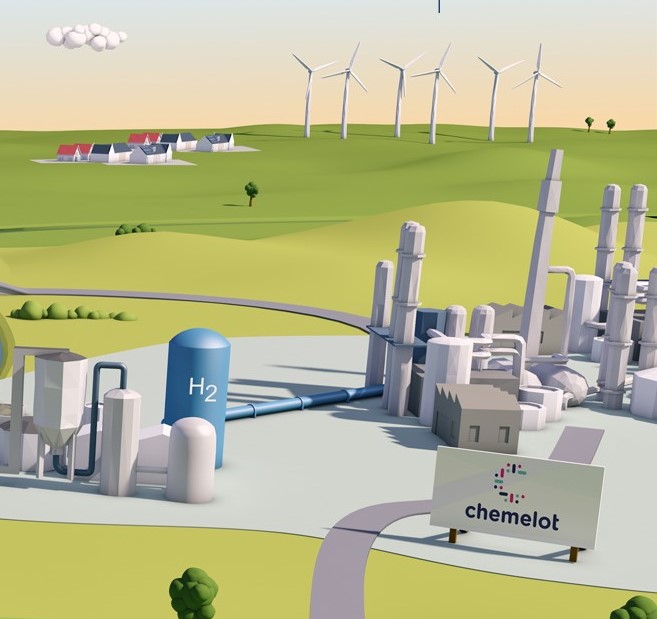Energy project would see two plants built in the Netherlands to convert residual waste into circular and green hydrogen.
RWE’s FUREC project, which aims to produce circular and green hydrogen from non-recyclable municipal solid waste in Limburg, the Netherlands, has received a €108m grant from the EU’s Innovation Fund.
The funding by the EU Innovation Fund marks a key milestone for advancing the FUREC project, which will require an investment of more than €600 million to complete.
With the funding commitment secured, green energy company RWE is now forging ahead with project development at full speed, including seeking the necessary approvals and permits. In parallel, the company is starting to contract preferred suppliers for the plants, potential customers for hydrogen and CO2, and companies that can provide waste of suitable quantity and quality. A final investment decision is to be made in 2024.
As part of the FUREC project, RWE plans to build a pre-treatment plant in Zevenellen, Limburg, to convert non-recyclable municipal solid waste (MSW) into solid recovered fuel pellets. The plant will process about 700,000 tonnes of MSW per year, of which about 50% will be of biogenic origin (e.g. textiles, paper). This is equivalent to the amount of MSW produced by approximately two million people each year.

Roger Miesen, CEO of RWE Generation, said: “FUREC is a prime example of the circular economy at its best, using waste to produce hydrogen. The funding commitment from the EU Innovation Fund proves us right and underlines that RWE can make an important contribution to the decarbonisation of the economy with our project.
“For the chemical industry, hydrogen offers a great potential to make the production process of raw materials more sustainable. This is where our project comes in. With FUREC, we are facilitating the establishment of a centre for the circular economy in the Limburg region. At the same time, we are enabling the chemical industry to reduce its CO2 emissions. Thanks to FUREC, Limburg can serve as a blueprint for other locations in the Netherlands and in Europe.”


















